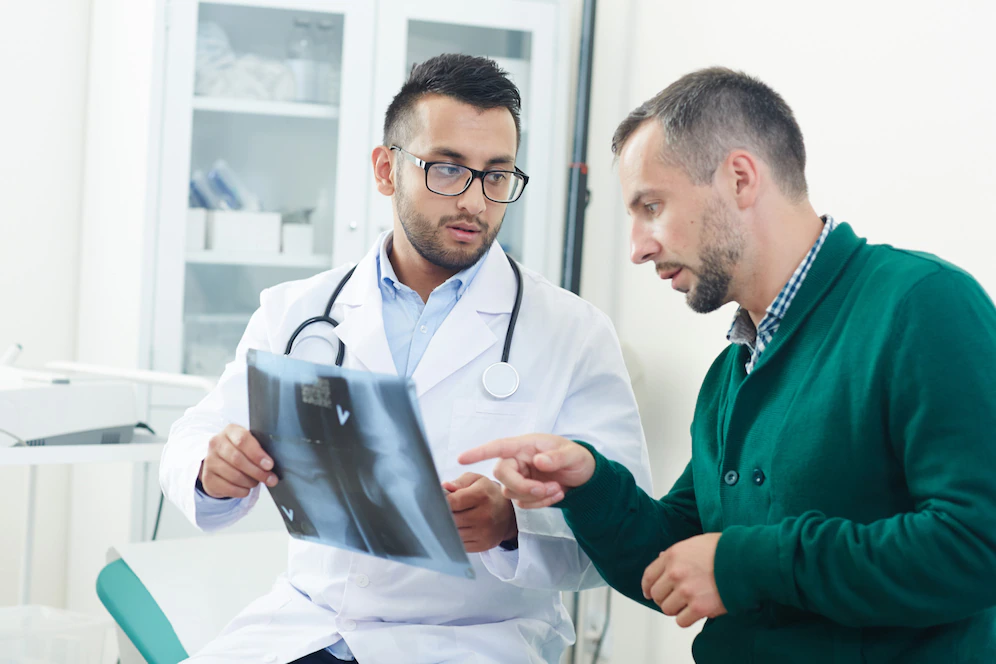What to expect after BPH surgery?
After your BPH surgery, you will be transferred to the recovery room where your vitals will be monitored. The doctor will examine your recovery process and prescribe you medications accordingly. Since you will be under the effects of anesthesia, you may feel dizzy after the procedure. You may experience a mild burning sensation during urination which should not last longer than 3 days.
In addition, you may also observe difficulty with the bowels after the surgery. You can ask your physician or doctor for some laxatives or stool softeners to reduce the discomfort. Recovery generally takes 7-10 days depending on the medical health of the patient, severity of the condition, and the surgical expertise of the BPH surgeon.
Benefits of enlarged prostate (BPH) treatment in India
Prostate laser surgery improves urine flow for most men right after the procedure. The results are often long term and patients may feel relieved of enlarged prostate symptoms. Modern surgical procedures for an enlarged prostate offer the following advantages –
Minimal blood loss
Minimal Pain
No visible scars
No major pain
Faster recovery
Fewer hospital stays
Return to daily routine quickly
Almost zero chances of complications
Few chances of recurrences
Complications of untreated BPH
BPH often results in several urinary issues which can become a major health concern if not treated on time. Since BPH is more common in individuals above the age of 60 years, prolonging treatment causes chronic urinary issues which can also affect the surrounding organs. Untreated BPH can cause the following complications –
Recovery after BPH procedures
Recovery after BPH surgery usually takes around a week depending on the patient’s health, type of procedure, existing medical condition, etc. The patient is usually discharged within 2-3 days from the hospital if the doctor does not suspect any complications. Some of the post-operative care after your BPH surgery are-
Do not lift heavy equipment for around a week after your surgical procedure.
Restrict heavy exercises for about 6 weeks after BPH surgery.
Drink plenty of fluid during the first 2 weeks after the surgery to flush any new bleeding from the bladder.
Avoid alcohol and coffee for the first few weeks after the procedure.
Avoid food that can cause constipation or force you to strain during bowel movements.



